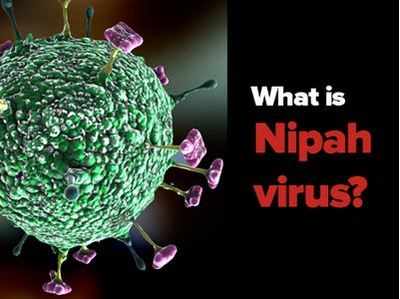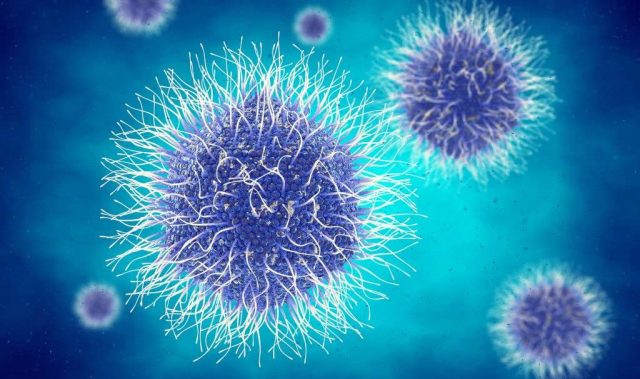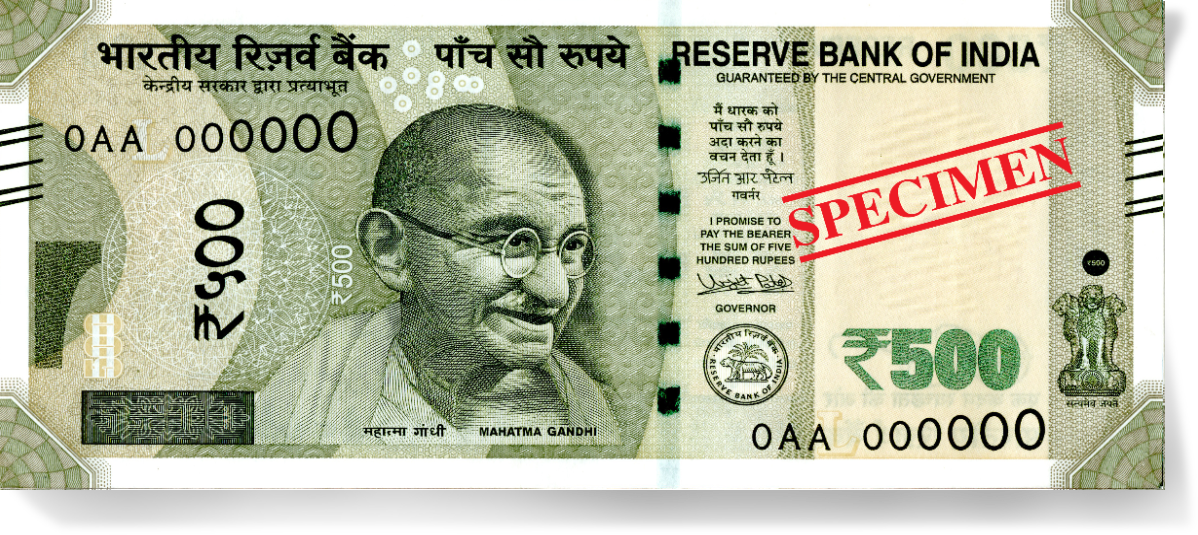Big Trend In Nipah Virus on the Loose in India: Trackers Hunt for Carriers in Bats and Fruit
India's Nipah virus trackers gather samples from bats and fruit to track the spread of the virus and identify potential carriers
Nipah virus is a deadly zoonotic virus, meaning that it can spread between animals and humans. Fruit bats are the natural reservoir for Nipah virus, and the virus can be transmitted to humans through contact with infected bats, their droppings, or contaminated food or water.
India has experienced several outbreaks of Nipah virus in recent years, and the country's Nipah virus trackers are working hard to track the spread of the virus and identify potential carriers. This work is essential to preventing future outbreaks and protecting the public.
How Nipah virus trackers gather samples from bats and fruit
Nipah virus trackers use a variety of methods to collect samples from bats and fruit. To collect samples from bats, trackers may set up nets to capture bats at night. Once a bat is captured, the tracker will carefully collect a sample of the bat's saliva or urine.
To collect samples from fruit, trackers may visit fruit trees that are frequented by bats. The trackers will collect samples of fallen fruit and fruit that is still on the tree. The samples are then taken back to a laboratory for testing.
How Nipah virus trackers track the spread of the virus
Once the samples have been tested, the Nipah virus trackers can use the results to track the spread of the virus. For example, if a sample of bat saliva tests positive for Nipah virus, the trackers can identify the area where the bat was captured and focus their surveillance efforts on that area.
The trackers can also use the test results to identify potential carriers of the virus. For example, if a sample of fruit tests positive for Nipah virus, the trackers can identify the people who may have eaten the fruit and contact them to monitor for signs of infection.
How Nipah virus trackers identify potential carriers
In addition to tracking the spread of the virus, Nipah virus trackers also work to identify potential carriers of the virus. This is important because early diagnosis and treatment can improve the outcome for people infected with Nipah virus.
Nipah virus trackers identify potential carriers by interviewing people who have been exposed to the virus, such as people who have eaten fruit from trees that are frequented by bats. The trackers also look for people who are experiencing symptoms of Nipah virus infection, such as fever, headache, muscle pain, vomiting, and diarrhea.
The importance of Nipah virus surveillance
Nipah virus surveillance is essential to preventing future outbreaks of the virus and protecting the public. By tracking the spread of the virus and identifying potential carriers, Nipah virus trackers can help to identify and contain outbreaks early on.
What the public can do to help prevent Nipah virus infection
The public can help to prevent Nipah virus infection by taking the following precautions:
- Avoid eating fruit that has fallen to the ground, as it may be contaminated with bat droppings or saliva.
- Wash all fruits and vegetables thoroughly before eating them.
- Avoid contact with bats and other wild animals.
- If you must handle bats or other wild animals, wear gloves and other protective gear.
- If you develop any symptoms of Nipah virus infection, such as fever, headache, muscle pain, vomiting, or diarrhea, seek medical attention immediately.
Additional information about Nipah virus
- Nipah virus is a highly contagious virus that can cause a range of symptoms, from mild respiratory illness to severe encephalitis and death.
- The virus is most commonly transmitted to humans through contact with infected bats or their droppings.
- Nipah virus can also be transmitted through contact with contaminated food or water, or through human-to-human transmission.
- There is no specific treatment for Nipah virus infection, and supportive care is the mainstay of treatment.
- The best way to prevent Nipah virus infection is to avoid contact with bats and their droppings, and to wash all fruits and vegetables thoroughly before eating them.
Research on Nipah virus
Scientists are working to develop a vaccine and treatment for Nipah virus. However, more research is needed to better understand the virus and how to prevent and treat infection.
One area of research is focused on developing a vaccine that can protect people from Nipah virus infection. Several different vaccine candidates are currently in development, and some have shown promising results in animal studies.
Another area of research is focused on developing treatments for Nipah virus infection. Currently, there is no specific treatment for Nipah virus infection, and supportive care is the mainstay of treatment. However, scientists are working to develop antiviral drugs that can be used to treat Nipah virus infection.
End of Conclusion
India's Nipah virus trackers are playing a vital role in protecting the public from this deadly virus. By gathering samples from bats and fruit, tracking the spread of the virus, and identifying potential carriers, the trackers are helping to prevent and control Nipah virus outbreaks.
Writer
Devraj Gorai
























